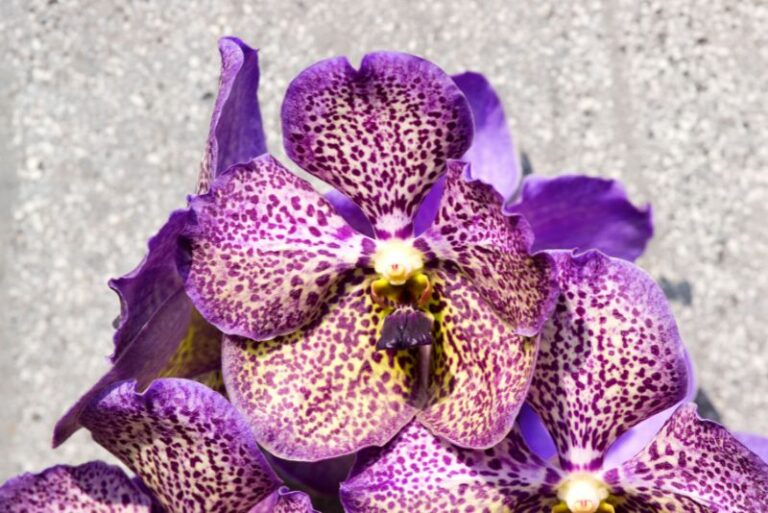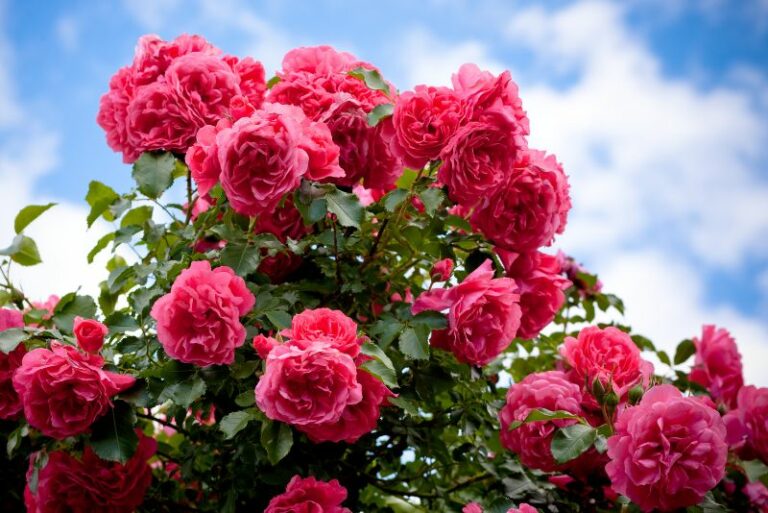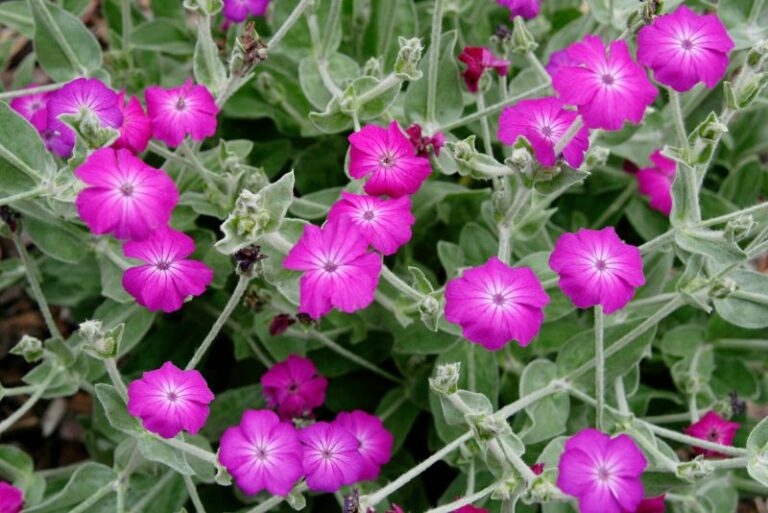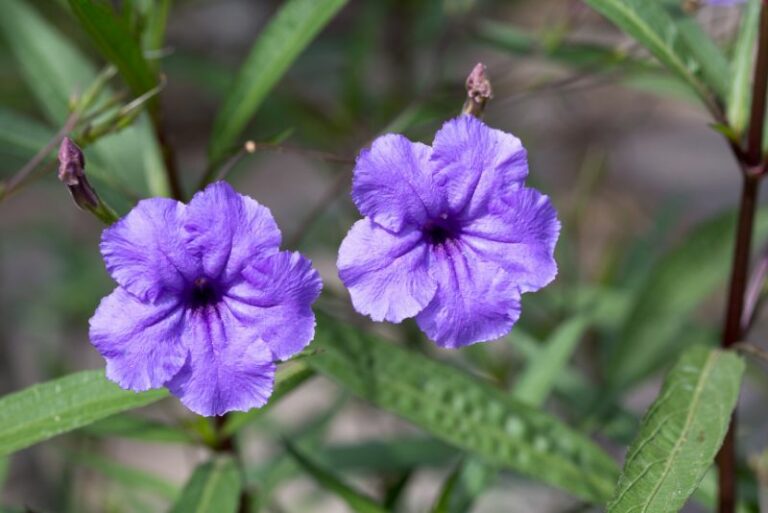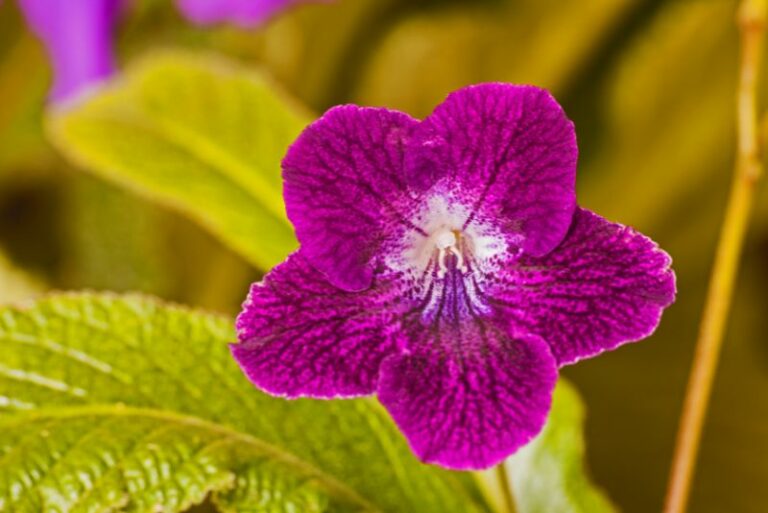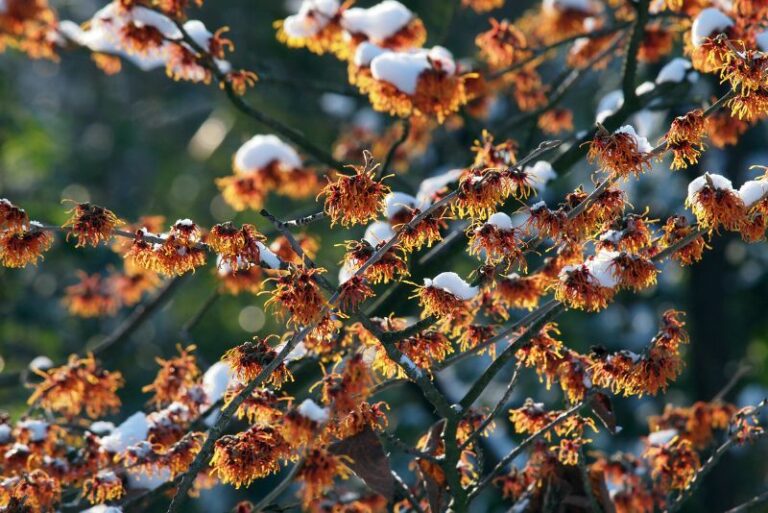How to Grow Verbascums: A Gardener’s Guide
Beautiful, stately, and an efficient grower, verbascums—also known as mulleins—are plants that flair majestically in gardens across the world. These biennials or short-lived perennials can be a showstopper with their tall spikes of densely clustered, delicate, cup-shaped flowers. Attracting both gardeners and wildlife with their soft blooms, verbascums add height, color, and texture to any landscape. This comprehensive guide is designed to help gardening enthusiasts, plant lovers, and home gardeners successfully cultivate these charming flowers. Whether you’re looking to start a verbascum garden, or are a seasoned gardener aiming to refine your cultivation, the following steps will take you through the entire process—from choosing the right location to dealing with pests and harvesting your blossoms.
Choosing the Right Location for Your Verbascums
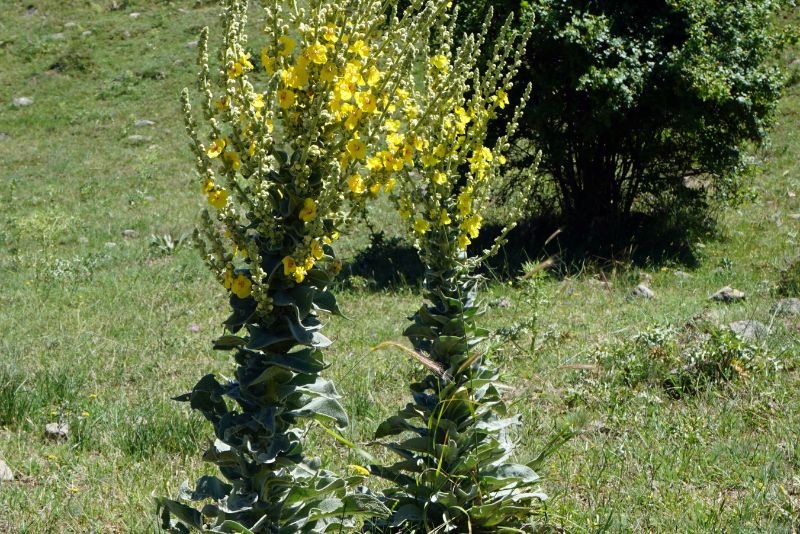
The success of your verbascum garden largely hinges on the location you choose. Verbascums are sun lovers and require a significant amount of direct sunlight to bloom.
Sunlight Requirements: Verbascums need full sun to partial shade, with a preference for at least six hours of direct sunlight a day. Locate your verbascum garden in a spot that receives the most sunlight during the growing season to encourage healthy and vibrant growth.
Soil Conditions: Well-draining soil is essential for the optimal growth of verbascums. They do not tolerate waterlogged conditions and are susceptible to root rot in overly moist soils. Prepare the soil by adding organic matter like compost, peat, or aged manure to improve drainage and nutrient content. Aim for a slightly acidic to neutral pH level.
Planting Verbascums
Timing and Season: Verbascums are generally best planted during the spring, although some varieties can be started in the fall. Consult the specific needs of the variety you’re planting, but as a rule of thumb, avoid planting during the heat of summer or the frost of winter.
Spacing and Depth: Space your verbascum plants according to their mature size, generally about 18 to 24 inches apart. Choose a planting depth that is equal to the depth of the pot they were originally in. The crown of the plant should be level with the soil, and the roots should be able to be spread out evenly in the hole.
Watering and Care for Your Verbascums
Proper watering is crucial to the health of your verbascums, which is especially true during the establishment period after planting.
Watering Needs: Initially, water the verbascum plants deeply to saturate the roots and encourage establishment. After the first few weeks, reduce watering to allow the soil to dry out slightly between waterings. Ensure the plants receive around 1 inch of water per week, either through rainfall or manual watering.
Fertilization Tips: A balanced fertilizer can be applied in the spring to encourage strong growth and blooming. Follow label instructions for the concentration and frequency of application. Avoid over-fertilizing, as this can lead to weaker, leggy plants with fewer blooms.
Pruning Techniques: Verbascums are relatively low-maintenance in terms of pruning. Deadhead spent flowers to encourage continuous blooming and remove the flower spike after it has finished blooming. Prune the plant back to the base in the fall to clean it up and reduce the chance of overwintering pests.
Dealing with Pests and Diseases in Verbascums
Like any garden plant, verbascums are susceptible to certain pests and diseases, but knowing what to look out for can help you keep your plants healthy and resilient.
Common Issues: Some common issues include rust, powdery mildew, and aphid infestations. Keep an eye out for yellowing or spotted leaves, powdery residue on the foliage, or distorted flower buds.
Natural Remedies: There are several natural ways to control pests and diseases on your verbascum plants. These include regular leaf inspection, which can catch problems early, and the use of insecticidal soaps or neem oil for aphids. For methods of preventing and controlling fungal diseases, consider using copper fungicides and ensuring good air circulation.
Harvesting and Maintenance of Verbascums
Knowing when to harvest your verbascum flowers can ensure you get the most out of your garden.
When to Harvest: Harvest the flowers when they are in full bloom and at their peak beauty. Cut the flower spike at the base of the plant, and avoid leaving behind a stub that could rot and cause issues.
Winter Care: Some verbascum varieties are hardy perennials, while others may need protection in the winter. For non-hardy varieties, consider mulching the base of the plant to protect it from the cold. Be sure to cut back the old flower spikes to reduce the spread of diseases and pests during dormancy.
Conclusion
With its striking appearance and versatile nature, verbascums are a welcome addition to any garden. By selecting the right location, providing proper care, addressing issues promptly, and understanding when to maintain and harvest, your verbascums can thrive year after year, providing a vertical element that elevates your garden’s aesthetic. By being diligent and patient, you can create a veritable oasis for these stunning blooms that will bring joy to every gardener’s heart.
By following the expert advice in this comprehensive guide, your verbascum garden is bound to be a resounding success, blooming with all the vigor and splendor these plants are renowned for. Whether you’re enjoying them from the windowsill or as a backdrop to your other garden treasures, verbascums are sure to make a lasting impression. Now, go forth and cultivate your very own verbascum oasis.

